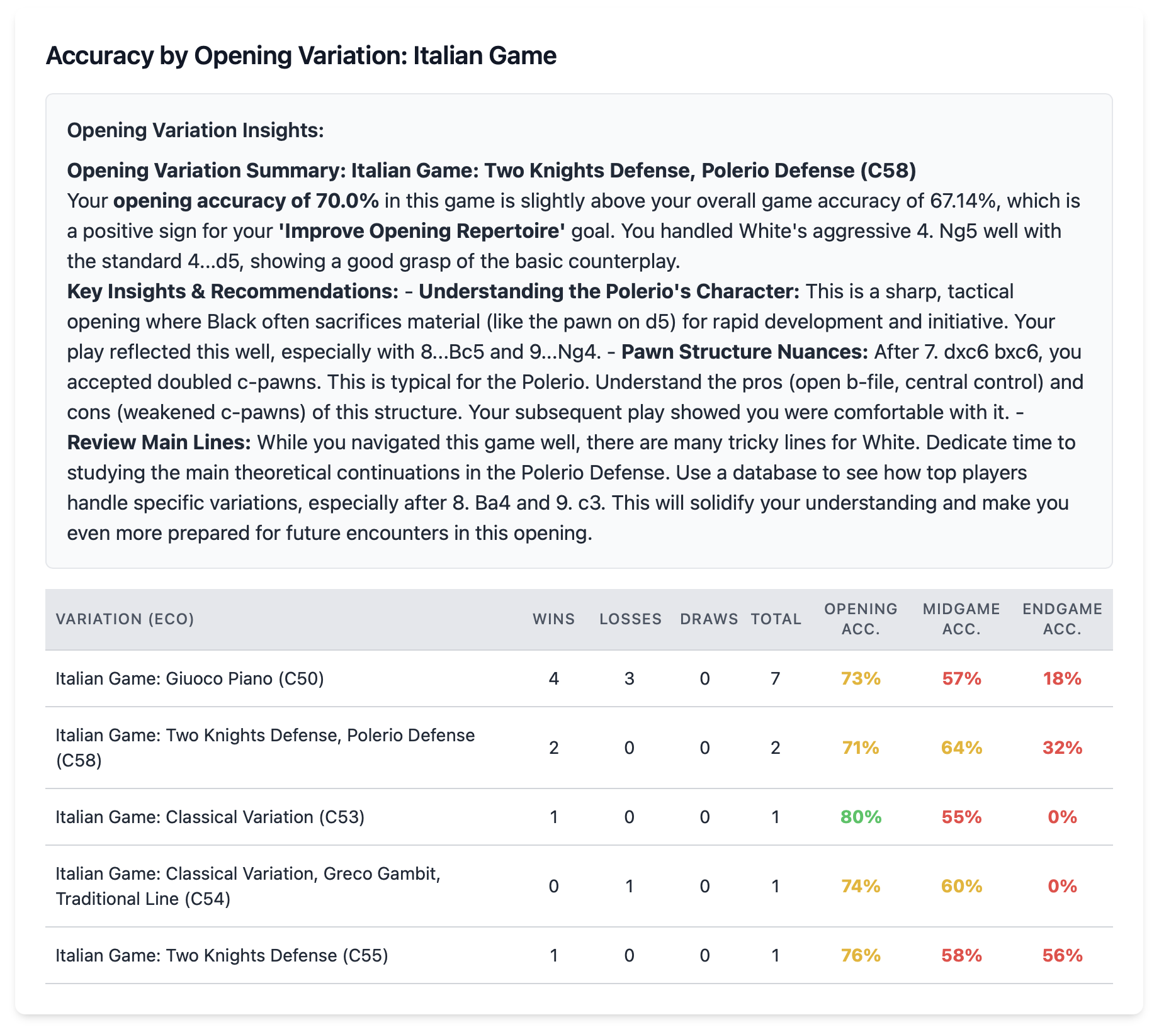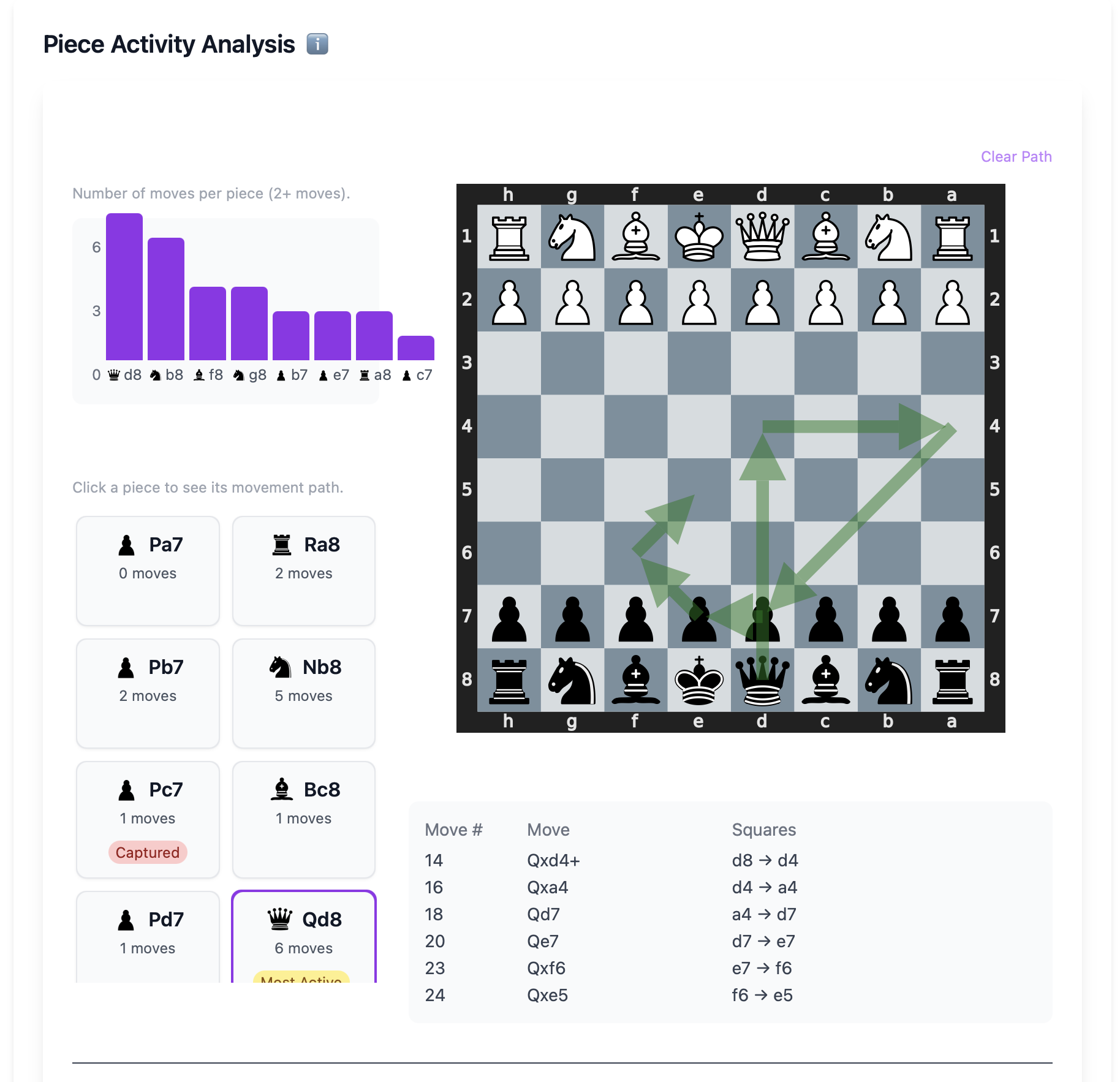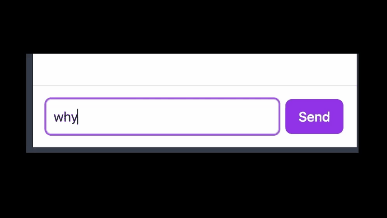How Sensei Helps You Master Openings — And Everything That Comes After
Published on:
Most chess tools stop at naming the opening. Sensei goes deeper — because your opening is just the beginning.
At Sensei, we believe that understanding your openings means more than just memorizing lines. It’s about knowing:
- How you perform in each variation
- What phase of the game breaks down (and why)
- And how to turn data into improvement
Let’s break down how Sensei helps you go from studying openings to mastering them — all based on your games, not generic theory.
📖 Step 1: Know Your Opening Variations — And Your Results
Every time you play a game, Sensei:
- Identifies the exact opening variation (e.g., French Defense → Advance → 4…Qb6 lines)
- Tracks your win/loss/draw record in that variation
- Flags the frequency and consistency of your usage
This lets you instantly spot:
- What variations are performing well
- What lines are letting you down
- What you might be playing out of habit (but not well)
🧠 No more guessing what works — you’ll have the data to know.

📈 Step 2: Accuracy Breakdown by Game Phase
Once you're out of the book, what happens next matters even more. Sensei analyzes each variation across:
- Opening Accuracy — are you following correct plans?
- Middlegame Accuracy — do you transition well into a plan?
- Endgame Accuracy — are you converting or collapsing?
This means:
- You don’t just know you’re losing in the Italian, you know it’s because your middlegame accuracy drops
- You don’t just memorize the London System, you understand where your position starts falling apart
📊 Coaching means knowing where the problem is — not just that one exists.

🧠 Step 3: Spot Patterns with Piece Activity & Heat Maps
Sensei doesn’t just tell you the “what.” We help you visualize the “why.”
♟️ Piece Activity Analysis
For each game, we evaluate:
- How active and centralized each piece was
- How early they developed
- Whether your key pieces were blocked, stuck, or underused
Example:
“In your Queen’s Gambit games, your light-squared bishop often never leaves c1 before move 15.”
🎯 That’s feedback you can act on — and remember.
🔥 Heat Map of the Board
We generate a full-board heat map based on your play:
- See where you’re attacking or avoiding space
- Identify if you’re consistently weak on one side
- Spot structural issues based on positional patterns
Example:
“In your King’s Indian, you're neglecting queenside space — leaving c6 and b7 under-defended every game.”
This kind of positional insight is what takes you from theory to execution.

🔁 Step 4: Review Variation Trends Across Games
Sensei groups your games by variation and shows:
- Last 3–5 games in that exact line
- Crucial positions you struggled with
- Any repeated tactical or positional mistakes
This gives you variation-specific coaching, not generic advice.
💬 Step 5: Chat with Sensei for the Questions That Matter
Sometimes the most important questions aren't in the data. That's why you can chat with Sensei directly on the analysis board to explore complex ideas, ask follow-up questions, and get to the 'why' behind the engine's suggestions.

🧠 Why This Matters
Studying openings is easy. Performing well in them — and the games that follow — is hard.
Sensei makes it easier by:
- Surfacing your results by variation
- Highlighting phase-by-phase accuracy
- Visualizing piece performance and positional weaknesses
- Identifying repeat mistakes and learning loops
It’s not just theory. It’s training that sticks.
🚀 Ready to Train Smarter?
- ✅ Know which openings are working
- ✅ Fix your phase-specific issues
- ✅ Visualize your piece activity and heat
- ✅ Make your opening prep actually win you games
Join SenseiChess.com — and take control of your repertoire and what happens after.